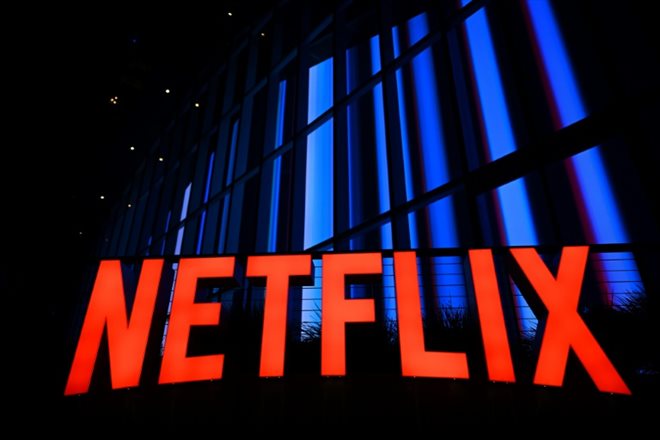With their future, less expensive formulas, Netflix and Disney+ could further strengthen themselves to the detriment, in the first place, of traditional channels (AFP/Archives/Chris Delmas)
“Stranger Things” or “Star Wars” with ads, it’s coming soon: with their future, cheaper formulas, Netflix and Disney+ could further strengthen themselves to the detriment, in the first place, of traditional channels.
After having refused for a long time to open its platform to advertisements, Netflix continues to accelerate the schedule for the launch of its formula, now scheduled for November 1, according to several American media, to grill politeness at Disney +, announced for December 8 .
“These launches will create the largest premium ad space in over a generation,” said Dallas Lawrence of Samba TV. “It’s going to be a major moment for advertisers.”
“Not so long ago, it was said that the subscription was going to kill advertising”, recalls Kevin Krim, managing director of the firm EDO. “Today, we can clearly see that it was not true.”
The manna is considerable. Ross Benes of Insider Intelligence estimates streaming ad revenue could reach $30 billion within two years in the United States alone, and likely at least double that globally.
The market has so far been crushed by YouTube, which currently claims $ 28.8 billion in revenue in 2021.
Competitors with DNA closer to that of Netflix and Disney, such as Peacock (NBCUniversal), Paramount+, HBO Max or Discovery+, have already launched a version with advertising, but none has the size of the two behemoths: 220 million euros. subscribers for Netflix, 152 million for Disney+.
Some should opt for the offer with advertising, but the platforms also hope to attract newcomers by cutting prices.
According to an internal document cited by the Wall Street Journal, the giant with the red letters is targeting 40 million users of its “low cost” formula by the third quarter of 2023.
– Threat to the television of yesteryear –
“A lot of people who used to watch classic television and were part of the advertising targets are no longer accessible” to brands because they are no longer viewers of traditional channels, explains Colin Dixon, editor of the site specializing in streaming.
Streaming “gives advertisers access to people they’ve been out of reach for some time, when their attention is most focused,” he says, because the on-demand subscriber chooses their schedule and time, unlike old fashioned television.

The Netflix logo in Los Angeles on September 14, 2022 in California (AFP/Archives/Patrick T. FALLON)
This opening should weaken historical television “which will not have fully deployed a streaming-oriented strategy”, warns Dallas Lawrence, rather small and medium-sized channels, because the four major American stations have all already developed an online presence.
But even the latter, ABC (owned by Disney), CBS, NBC and Fox will suffer, because they were until now the only ones able to offer massive audiences to advertisers. “Once Netflix and Disney open the doors to +Stranger Things+, +Star Wars+ or +Marvel+, it’s going to be a rush,” according to the analyst.
In addition, “the data you collect from streaming advertising is much larger and richer than what you get from television of yesteryear,” he points out.
For all content that is not live, “ads go to each viewer individually, which allows for more targeting,” says Kevin Krim.
So far virgins of advertising, Disney and Netflix find themselves facing a blank page and can break with traditional formats, play on durations, placement and even involve partners in the creation of new programs.
Unlike traditional channels or other platforms, the two newcomers also provide access to dozens of countries at the same time, an unprecedented configuration.
“If you are a multinational, you can go to a single point of contact and buy advertising space all over the world”, explains Colin Dixon. “That’s a pretty powerful offer.”
As to whether Disney and Netflix can take market share beyond their direct competitors, as far as Facebook, Google or Amazon, Ross Benes points out that video on demand has not succeeded so far.
“Digital marketing budgets are increasing, allowing both online TV and social networks” like YouTube and TikTok to “receive more ad revenue.”
© 2022 AFP
Did you like this article ? Share it with your friends with the buttons below.




